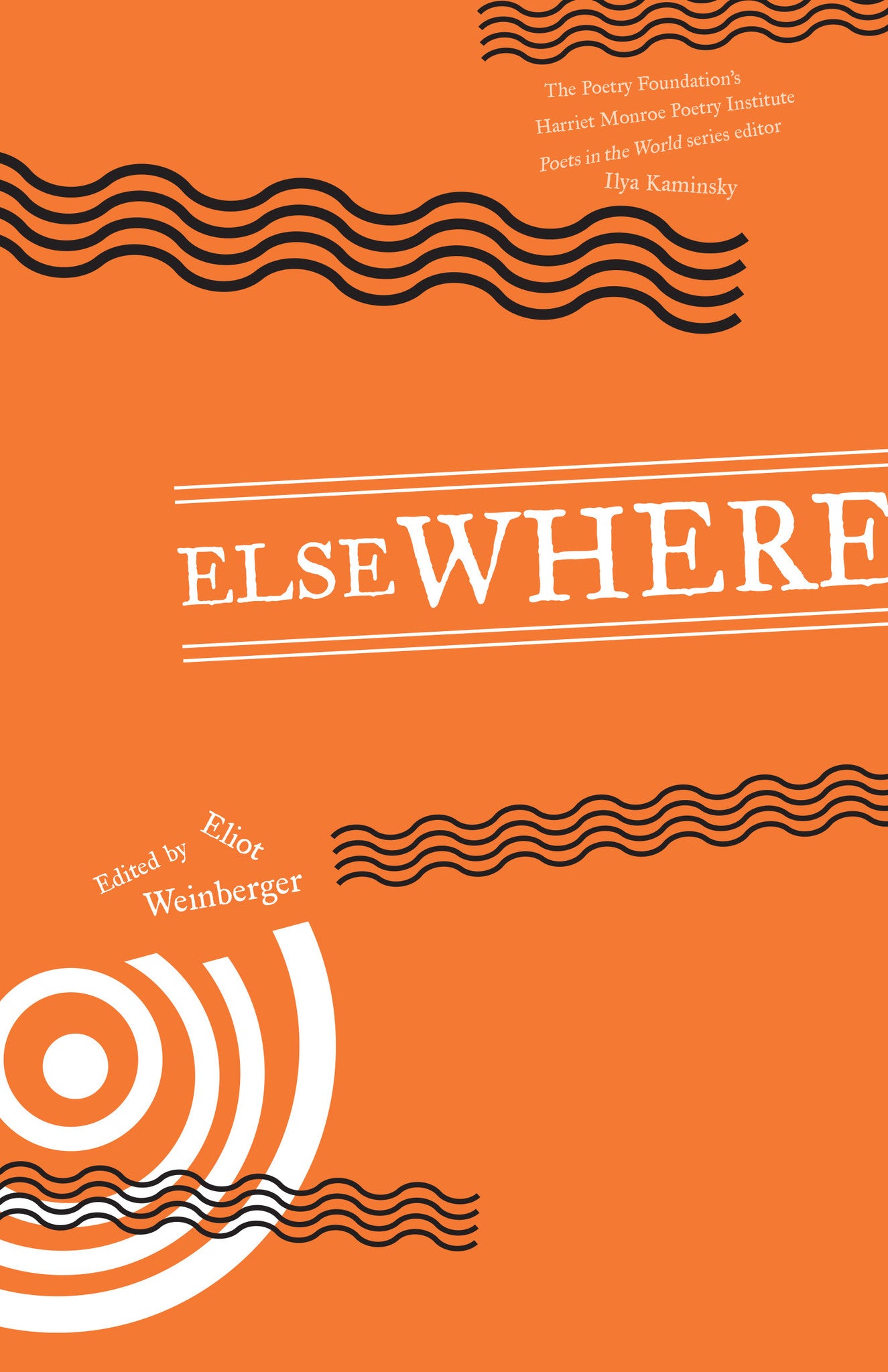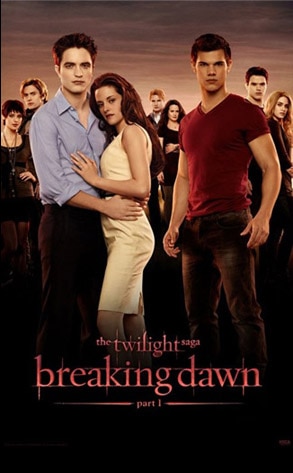
In Glass Town ’s pages, we meet the suffragettes, poets, explorers, revolutionaries, and rulers the siblings imagined themselves to be-characters vital and magnetic enough to serve as the templates for their later poetry and prose. Greenberg’s panels are magical renditions that bring to life the playful elements of world-building familiar to children and creative artists anywhere: the siblings hover-larger-than-life creators-over real and imagined landscapes, each new tale resurrecting battle-felled heroes and heroines whose lives and adventures would resume anew in an endless continuing saga. Their minute script is an utter marvel-a clever, microscopic facsimile of newsprint. Greenberg’s brightly colored illustrations are the perfect vehicle for immersing us in the intrigues of Glass Town and its later spin-off Gondal-elaborate paracosms reflecting the delight in childhood storytelling that, in the absence of films or records we can actually witness, were recorded in tiny handmade books, like those I saw in the Parsonage Museum ’s exhibit case one late December afternoon in the ’90s. Their father’s gift of twelve toy soldiers to his son prompted the inventive spirits of all four children: they created names for each of “The Twelve” and over the course of months and years, developed and recorded tales that captured the social and political history of a complex imaginary universe they called Glass Town-a world based on stories of exploration and intrigue they encountered from reading in their father’s copies of Blackwood’s Magazine. Because his fall from grace was so spectacular, it’s easy to overlook Branwell’s role in sparking their creative genius.
#ELSEWHERE SAGA WINDOWS#
The Parsonage where the Brontë siblings grew up was located next to a graveyard and perched between an industrial town and the wilds of the moors-as Greenberg pictures it, the house must have seemed a literal beacon, its windows “the only light before a great and infinite blackness.” The three sisters’ posthumous success stands in dramatic counterpoint to the decline of their hard-drinking brother whose literary achievement was derailed by addiction but poetically resurrected for the 21st century by England’s Poet Laureate, Simon Armitage. By this point, the four siblings (more about their brother Branwell in a moment) had survived several tragedies: their mother’s death, possibly due to long-term complications following Anne’s birth, and the deaths of elder sisters Maria and Elizabeth, exposed to typhus and TB while boarding at the Clergy Daughters’ School, immortalized in Jane Eyre as Lowood School, run by merciless pedagogues and rife with disease.

Isabel Greenberg’s Glass Town: The Imaginary World of the Brontës (Abrams Comic Arts, 2020) gets straight to the heart of the Brontë origin story’s most fascinating aspect: those first sparks of childhood imagination. Two recent graphic editions bring their origin story to life. Despite suffering more than their share of tragedy, their tenacity in the face of a restricting culture is astonishing. Yet because the real lives of the sisters hold dramatic plot twists of their own, the sisters’ biographies continue to inspire interest, even obsession. The sisters’ imprint on pop culture springs from their wildly popular novels-Charlotte’s Jane Eyre, Emily’s Wuthering Heights, and Anne’s Tenant of Wildfell Hall- spellbinding tales of gothic flair that follow the struggles of proto-feminist protagonists who resist the social expectations of their time and navigate romantic drama as they attempt to carve out an independent life. The success of Sally Wainright’s recent film, To Walk Invisible, reminds us not only of the sisters’ iconic status as literary writers, but also that their biographies remain sources of fascination for the general reading public. From Kate Bush’s hit song “Wuthering Heights,” the inspiration for multiple flash mob re-enactments, to internet quizzes that help you align the sisters’ profiles with your own, to Emily, Frances O’Connor’s 2022 biopic that brings a passionately rebellious Emily to life as played by Sex Education ’s Emma Mackey, Heathcliff and Catherine, Jane Eyre and Rochester, the dark winds of the moors never entirely disappear.īookish daughters of an Irish-born clergyman, the Brontë sisters-Charlotte, Emily, and Anne, raised in Haworth, an industrial town at the edge of the Yorkshire Moors-seemed destined to become governesses or teachers, not renowned writers whose work would resonate far beyond the Victorian era of their origin.

In the ebb and flow of popular culture inspired by classic literature, the Brontë sisters are never far away.


The Brontë sisters, painted by their brother (De Agostini Picture Library)


 0 kommentar(er)
0 kommentar(er)
